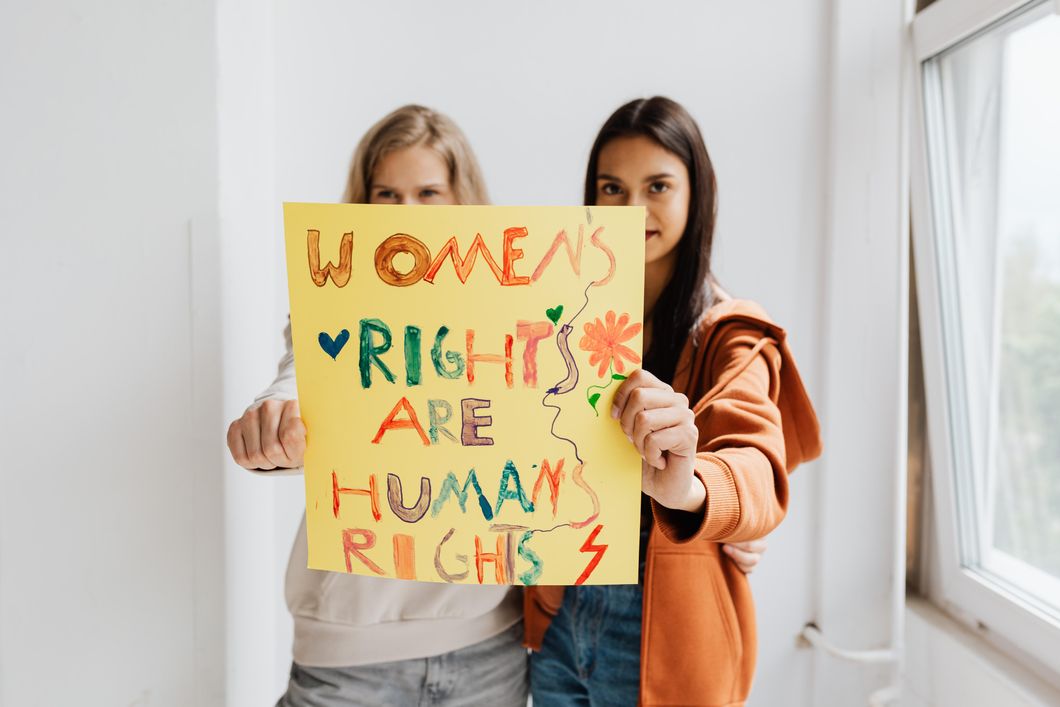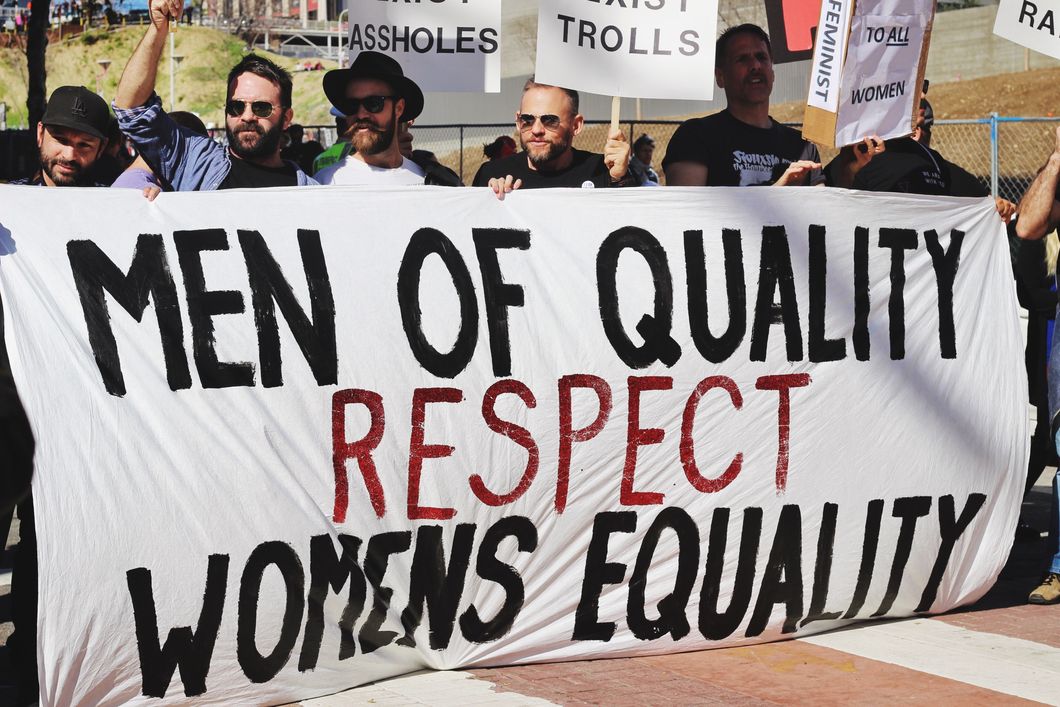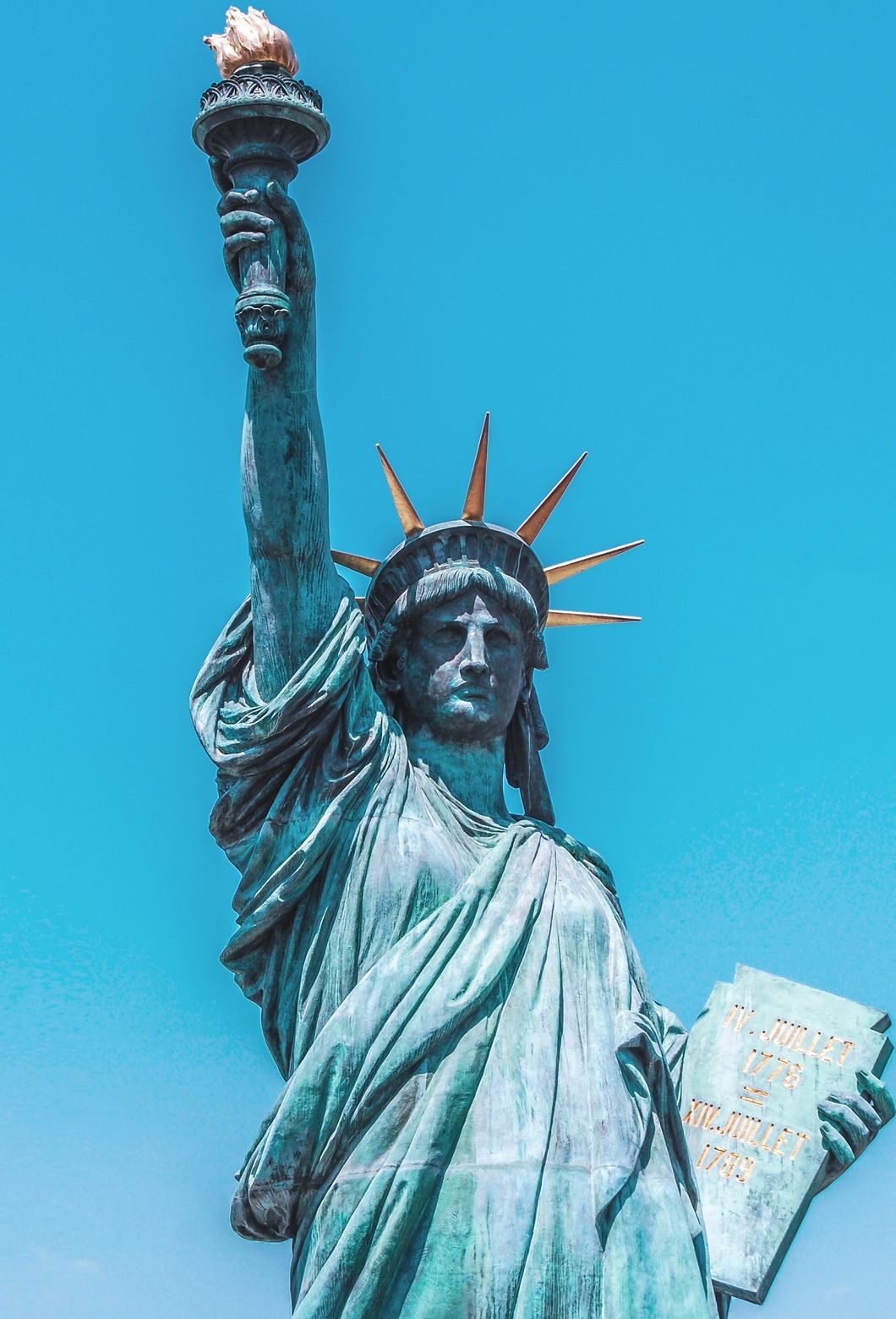March Is Women's History Month, So Here's Some Information About Women's Ongoing Fight For Equality
There are so many things about women's history and how this history month came to be, so here is a brief introduction to all the month encompasses.
Women's History Month has a not-so-long history. The dedication first started as just a day in 1909 in New York City and then became Women's History Week in 1978 in California. Every year, national women's campaigns and organizations campaigned to recognize this week nationally as dedicated to women's history, and in 1980 President Jimmy Carter declared the week of March 8 Women's History Week. In 1986, 14 states had dedicated the entire month of March Women's History Month and by 1987, Congress declared March Women's History Month.
Each year there is a different theme for Women's History Month. The theme for 2022 is Women Providing Healing, Promoting Hope. This is the theme to honor the caretakers, frontline workers, and women who protected and helped others during the COVID-19 pandemic. It is also to honor women who have different backgrounds and who have provided compassion, hope, and healing as the caretakers of parents, family, friends, and others around them.
While it is a recognized month of celebration, there are still many facts about women's history that aren't shared or highlighted. For example, the 19th amendment didn't give all women the right to vote, just some. There's also the fact that women couldn't get credit cards on their own until 1974. Any large amount of legal work or anything that needed legal signatures often required a man to go in as well in order to cosign. It wasn't until Ruth Bader Ginsburg started her campaigns for equality that women started getting basic rights such as the ability to attend a state-funded school, protection from pregnancy discrimination, and the ability to serve on juries.
It is also not common knowledge that Wyoming was one of the first states to really push for equal rights and the first state to elect a female governor, Nellie Tayloe Ross. Even in 1869, Wyoming made history when it passed a law allowing 21+ aged women to vote and was fighting for women's rights. When Wyoming was applying for statehood two decades later and went to Congress, they were told that Congress wouldn't allow the Wyoming territory to join the union unless Wyoming disenfranchised women. The response from Wyoming was “We will remain out of the Union one hundred years rather than come in without the women.” Wyoming did end up joining the union with this law still in tact in 1890. Even today, the state's motto and their seal state "Equal Rights".
While we have made tremendous strides in women's rights since then, there are still issues in our world in regards to equality. For example, in the United States, women make up 50.8% of the population, but our Congressional representation does not show this. Only 144 women are in Congress out of the 535 total members. That is only 27% of Congress. In 2015, only 11 women served as heads of state.
There are some amazing statistics and facts that show women have made major headway. For example, women earn more college degrees than men. Since 1980, a trend of more bachelor's degrees being awarded to women and has continued to increase.
So, this Women's History Month, we should dedicate ourselves to learning the incredible strides made for women's rights and the ongoing fight to achieve full equality.







































